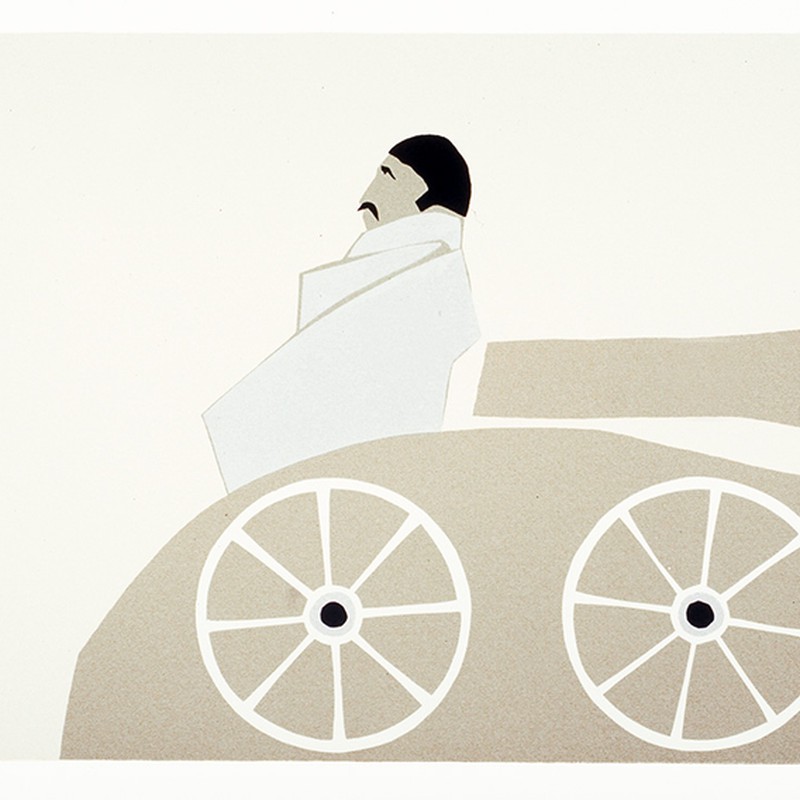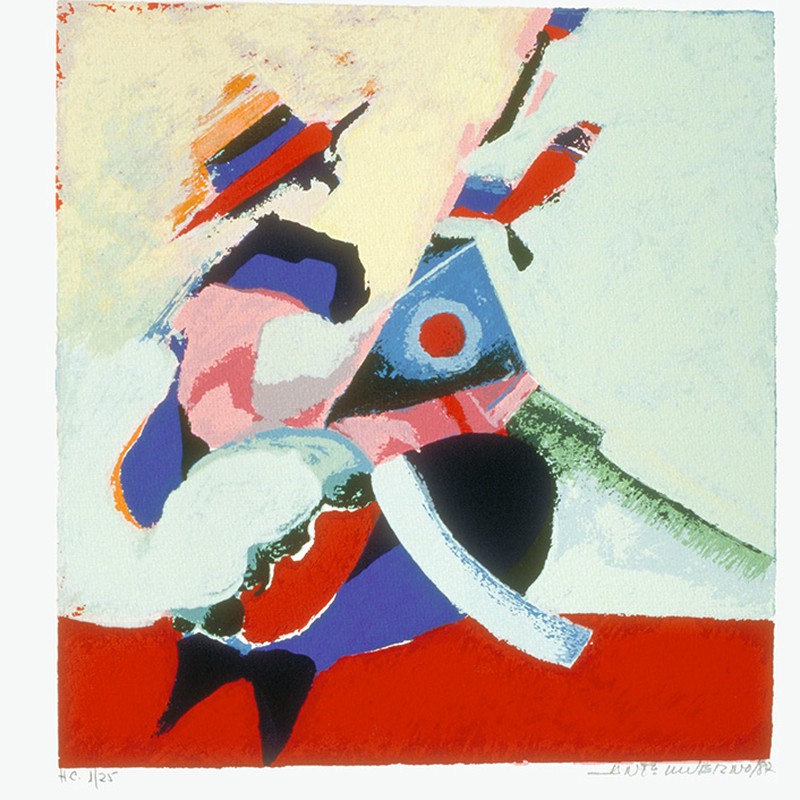
António Inverno
"The painter only considers the work finished when he lets go of it and completely loses contact with it; otherwise, he never stops creasing an outline, adding more light here, or shading an expression there."
António Inverno
Born in 1944, Monsaraz, António Invernoleft for Lisbon in 1956 and two years later enrolled at the António Arroio School. In 1964 he finished the lithograph engraver course, where his teachers were Roberto de Araújo, Manuel Lima, Estrela Faria and Abreu Lima, among others. He worked in Jorge Barradas' atelier, in the Víuva Lamego factory.
In 1968 he returned to Lisbon and worked with Rogério Ribeiro and Mário Rafael. In the same year, he collaborated on the interior decoration of the current Calouste Gulbenkian headquarters in Lisbon. He was a contributor to the magazine Seara Nova, promoting serigraphic editions by contemporary Portuguese artists.
He started his activity as a serigrapher in 1972 and collaborated in this area with Júlio Pomar, Marcelino Vespeira, António Charrua, Espiga Pinto, Eduardo Nery, Maria Keil, Francisco Relógio, Jorge Vieira, among others. He was a founding member of AR.CO and of the Centro Cultural de Almada. In 1974 and 1975 he participated in the campaigns of cultural dynamization, as well as in the elaboration of posters and the organization of theatrical and musical shows. In 1993 he opened the Serigraphy Centre António Inverno.
In 2001 he was responsible for the production of the scenery for the studios of RTP International, and was invited to elaborate a panel for the Areeiro Station, on the Lisbon Metro. In May 2015, he organised a painting and silk-screen exhibition at Galeria dos Escudeiros, in Beja. At the time of his death, he was working at the Escola Superior de Educação de Beja
António Inverno passed away on 21 July 2016, in Lisbon.
